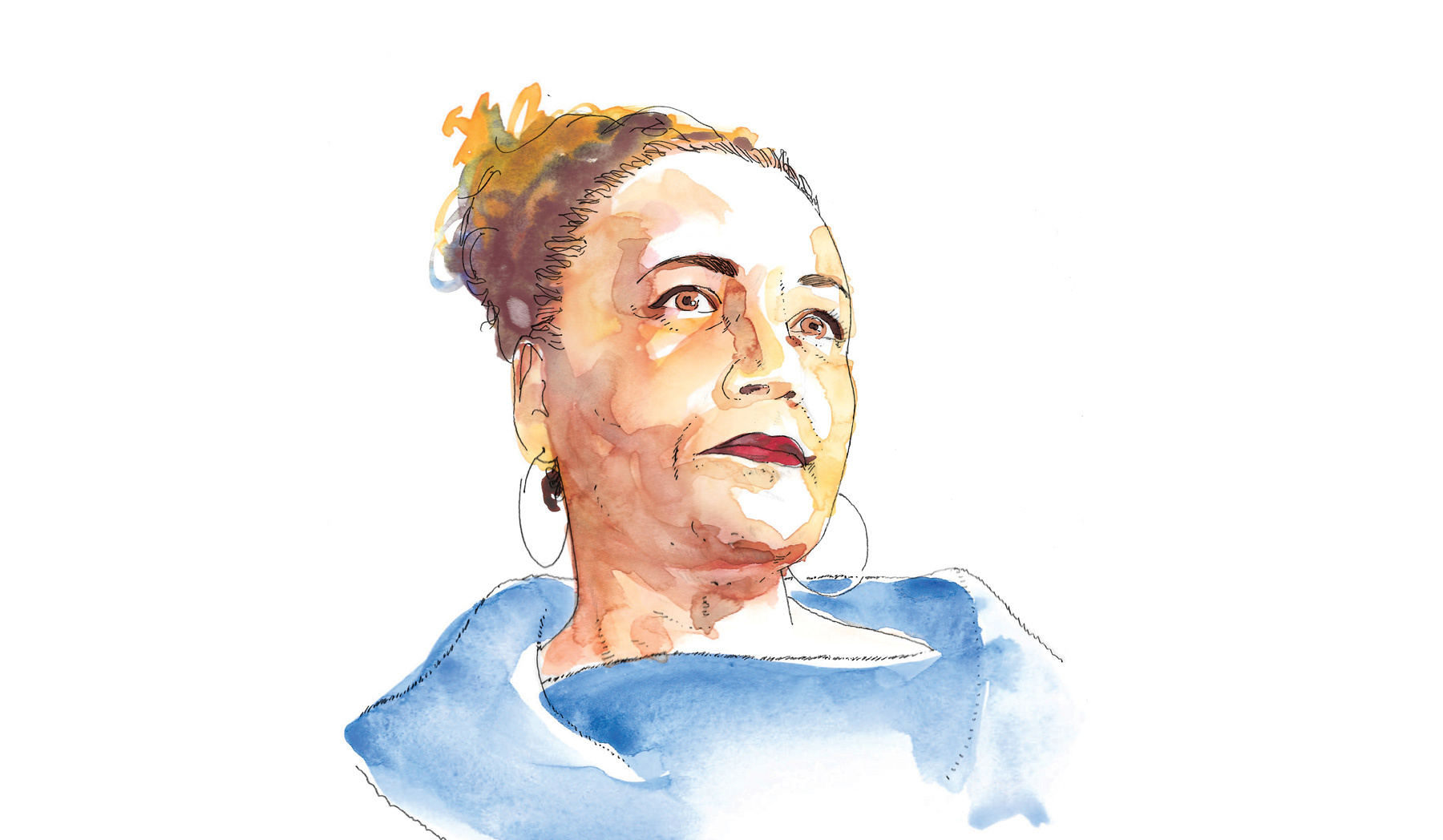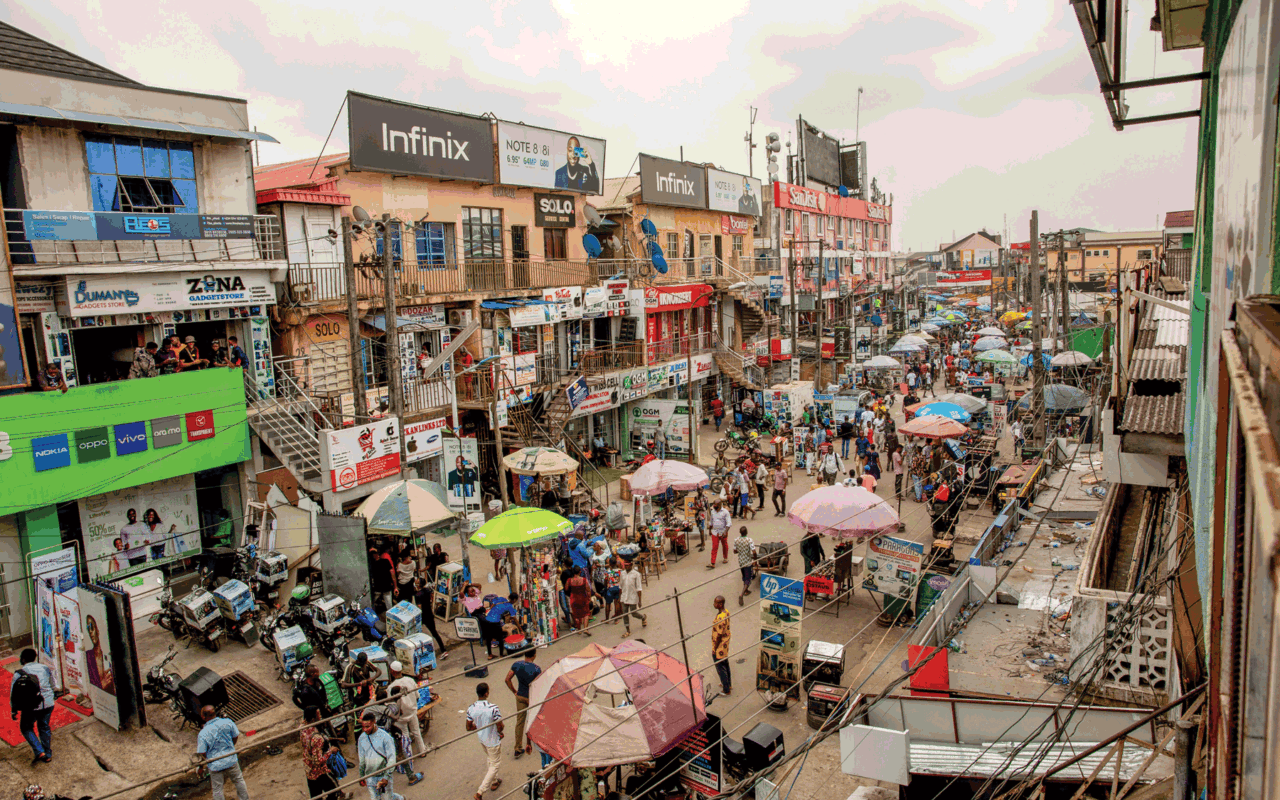
Illustration by Vincent Plisson / Cityscapes
Architecture must change
Architect-Novelist-Educator, Lesley Lokko on why now is a perfect time to re-orient knowledge production to Africa
13 Aug, 2020 | Updated 02 Jul, 2021
I quit academia 20 years ago, primarily out of my exasperation with what I understood to be a reluctance—on the part of many institutions, not just the one at which I worked—to understand that questions of identity, race, power and gender were central to architecture. They are not marginal or irrelevant. When I came back as the director of a new, experimental school—the Graduate School of Architecture at the University of Johannesburg—it was both a very different time and place, and I was a different person. It was the first time I managed to make something, whether a course, a programme or a school, that was genuinely centred around those concerns and within an existing institution. I need to make this very clear: issues of race, identity and power are not complaints. They’re what I would call ‘creative’ concerns.
The GSA was an amazing place, but it needs to be put into context to understand it correctly. It was built on the back of student protests that rocked South Africa in 2015 and 2016, creating an opportunity to ‘do things differently’. We were able to take an existing, and in my opinion, completely outdated curriculum, and turn it on its head. There was a very specific context—protests and a drive towards decolonisation—that allowed a transformational agenda to take hold.
This isn’t the first time I’ve said this. The students were not the issue, nor were the teaching staff, who, by and large, were terrific. I couldn’t get the administrative support I needed to run a school of that size and complexity. So, what scuppered the project [of the GSA] for me was a question of labour. For four and a half years, I was the only full-time staff member at the school. It meant I sat on every committee, lectured, researched, fund-raised, picked people up at the airport, and put toilet paper in the toilets. It was an absolute nightmare. However, I’m the first to admit that the extensive range of responsibilities came about because I wanted to change something.
So, I realised very early that the desire to drive change and the reality of doing it are two very different things. If you’re serious about change, you must have the courage to see it through—all the way. Dismantling means reforming the curriculum, rethinking canon—how, where, with whom and what you teach, right down to reorganising class timetables. I now recognise that for anybody with a transformational agenda, you’re going to have to take on two tasks by default. One is to dismantle the existing structure to build something new, and the second is to create the new. A single person cannot do those two tasks simultaneously.
If you’re serious about change, you must have the courage to see it through—all the way
At the GSA, what was also important was the space we created by changing how we taught. Introducing the Unit System, a new teaching method, allowed students up to two years to investigate particular topics. We also always taught in tandem. Two people taught every course, which allowed students to understand that the process of learning was also discursive. There was a dialogue between tutors and students that disrupted the idea of the master-student relationship. It wasn’t a one-way relationship. These seem pretty small changes on the surface, but they were significant in terms of the kind of work they enabled the students to produce. Everywhere else I’ve been, people want that result, but they don’t want to change the structure to get it. So, it’s setting up a Catch-22.
The other thing that I came to understand both in South Africa and in the United States, is that academia’s conventional role is to withstand change. Academic institutions are very bureaucratic, quite hierarchical and heavily built on tradition. For me, tradition and culture are two separate things. So, if you have a genuine desire to produce something new, the organisation or the institution must be questioned—the institutional structure, how decisions get made, the management style, all of those. Academia, to me, is one of the worst examples of the public sector. It’s almost impossible to change. In contexts like the US, I found it even more difficult to shift the mindset. So much gets invested in keeping things ‘the way they are’, partly, I suspect, because the alternative—the unknown—is so terrifying. I found in the States that people wanted the illusion of change, a flagship bearer, but they weren’t prepared to accept its consequences. They wanted the face, but not any structural change. To me, those two things are incompatible. You cannot desire change and fear it simultaneously.
These are the things African Futures Institute—the new institution I have just founded—will do differently. We have a set of creative concerns that don’t find a comfortable home within the existing canon. They don’t find an easy home within the current teaching methodology, research, archiving and questioning. These concerns are disruptive to architecture’s canon, which comes from different sources. They also demand time, which is absolutely necessary to the process of learning. Students need to have time to dismantle and deconstruct before they can rebuild. In that process of dismantling and deconstructing, you build their confidence, develop their voices and build very directly an authenticity about how they respond. You cannot do that in a 13-week semester, and you cannot do it within the existing curriculum, as I understand it, both in the United States and in Europe.
"INSERT MOBILE SIDEMENU HERE"
What I’m attempting to do with the AFI—and it’s early days—is to have some aspects of an academic programme. It’s not only a school though. An institute is the most accurate description because, as an institute, we can be many different things. I’ve deliberately included the word “futures” because I think there are many other possibilities in terms of the product that will come out of this place. It is African in the sense that it’s pan African, but it also includes the diaspora. Somehow, as in the open-endedness of its naming and structure, I’m hoping this will be an authentic experiment in setting up an institution in which pedagogy, research, changing and administering discourse get configured differently from how they currently are.



